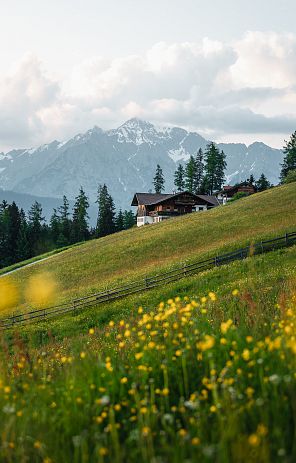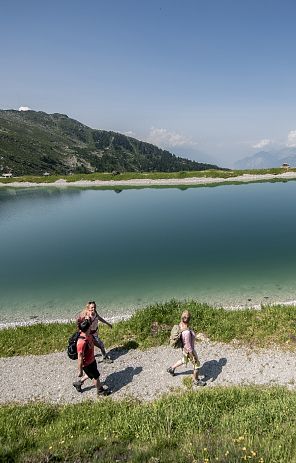The legend. Of St. Romedius
Romed is THE first name in Thaur. They are proud of "their" saint! You can find him everywhere. In the parish church and, of course, on the Schlossberg in Thaur. The Romedikirchl bears his name and is a popular place of power in the Hall-Wattens region. Idyllically situated in the Karwendel Nature Park, it has a lot to offer in terms of history, culture and more. Follow in the footsteps of this popular and special saint. We will be happy to help you make your summer or winter vacation a special experience. The Hall-Wattens region has special offers for pilgrimages and pilgrims as well as a weekly cultural program!
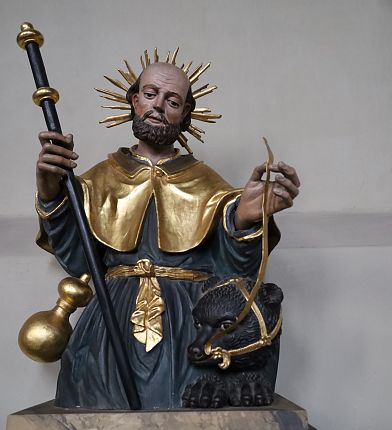
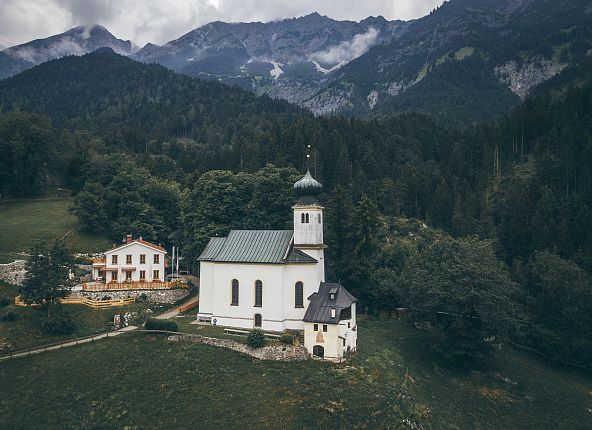
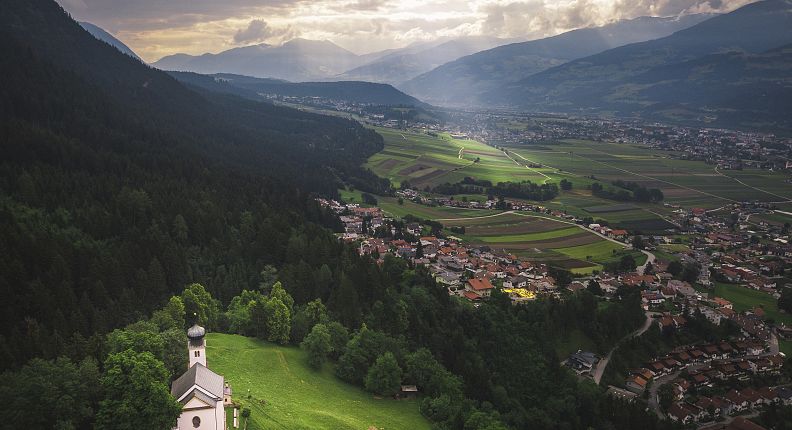
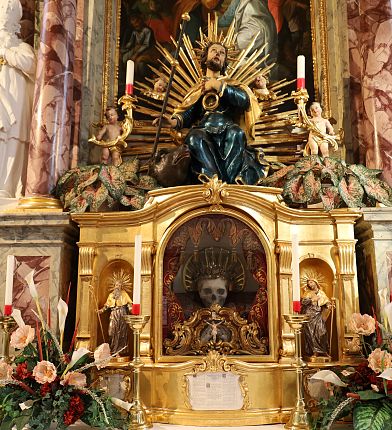
As with many other saints, the life of St. Romedius is accompanied by legend.
It tells how a saint was experienced by the believing people and is still experienced today. According to oral tradition, Romedius was born in Thaur Castle. He is therefore also known as the "Nobleman of Thaur". His parents gave him a Christian upbringing, which bore rich fruit in their son Romedius. Legend has it that after the death of his parents, Romedius made a "pilgrimage" to Rome with his two companions Abraham and David to visit the tombs of the apostles Peter and Paul. There he probably also found confirmation of his intention to live a consecrated life.
Romedius did not return to Thaur, but remained in the diocese of Trento. He donated his rich estates in Thaur to the high abbeys of Trento and Augsburg. Then, with the permission of his friend the Bishop of Trento and accompanied by Abraham and David, he returned to the Non Valley, which belonged to the diocese of Trento. Sisinnius, Martyrius and Alexander had been martyred there on May 29, 397 while preaching the Gospel. Romedius found a suitable place for his hermit life in the Non Valley. When he was staying with the Bishop of Trento, he was overcome by a premonition of his imminent death. He then said to the bishop: "We will not meet again on earth. When you hear the bell in your tower ringing three times by itself, let that be a sign to you that my hour has come. Then commend my soul to the Lord!"
Soon after his return to the hermitage, Romedius died. It is said to have been on January 15. On the same day, the bell on the tower in Trento rang three times by itself. From then on, the slender tower at the back of Trento Cathedral was known as the "Tower of St. Romedius". To commemorate this miracle, the bell is rung once a year, on January 15th, in honor of St. Romedius.
see Paul Haider: Romedius Büchlein, 1985, pp. 20-23, excerpt
